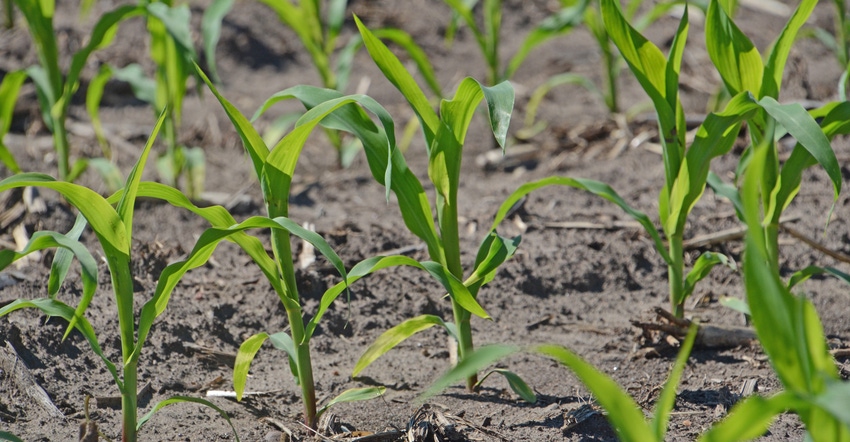November 5, 2020

The soil microbial community is large. A tablespoon of good topsoil has more bacteria and fungi than the global population of people. Many of the microbial species cannot be grown in a lab setting.
Our understanding of the physiology of these species is limited. Of the species that we do have a good understanding of, several are beneficial to plant growth. Plant growth-promoting rhizobacteria, mycorrhizae, nitrogen-oxygenating bacteria and nitrogen-fixing bacteria all contribute to plant growth.
According to the book PGPR Amelioration in Sustainable Agriculture Food Security and Environmental Management, plant growth-promoting rhizobacteria thrive in a narrow radius surrounding roots; several species of these rhizobacteria are collectively referred to as PGPR. They release either hydrogen cyanide, ammonia or both. Hydrogen cyanide controls soilborne pathogens. Ammonia contributes to the plant’s nitrogen uptake.
Mycorrhizae develop long hyphae — threads that make up their mycelia — throughout the upper soil profile. These hyphae connect to plant roots. Plants receive nutrients through the relationship. A large portion of plants’ phosphorus uptake is through transfer by mycorrhizae. Phosphorus is immobile in soil. Without the help of mycorrhizae, plants could only use the phosphorus that lies within the rhizosphere.
Maximizing nitrogen
Most plants prefer to access nitrogen in the form of nitrate. Most nitrogen fertilizer is applied as other forms of nitrogen. Organic sources of nitrogen are the result of decaying proteins in the form of ammonium or uric acid. To change the oxidative state of nitrogen to nitrate requires soilborne bacteria known as nitrogen oxidizers. Good timing of nitrogen fertilizer application with respect to rain events and irrigation will reduce the amount of nitrogen lost as elemental nitrogen and nitrous oxide. These losses are also a result of nitrogen-oxidizing bacteria.
Nitrogen-fixing bacteria are genus-specific for building symbiotic relationships with legumes. They can change elemental nitrogen from air-filled pore space into forms that plants can use. When planting a legume, it is always a good idea inoculate the seed with the matching bacteria. Although nitrogen-fixing bacteria can survive in the soil between crops, it may not be at an adequate population to achieve good nodulation on the next crop. Spending a little at planting time on inoculum usually pays off over the perennial lifecycle of alfalfa.
Beyond the microbes already discussed, other soilborne organisms help plants as well. Earthworms promote soil aeration. Predator nematodes consume plant-parasitic nematodes. Several saprophytes —organisms that live on dead or decaying organic matter — decay crop residue to recycle nutrients back into the soil. Without our allies, farming would be less productive.
Ballard is a Colorado State University Golden Plains area agronomy Extension agent.
Source: Colorado State University. The source is solely responsible for the information provided and is wholly owned by the source. Informa Business Media and all its subsidiaries are not responsible for any of the content contained in this information asset.
You May Also Like




